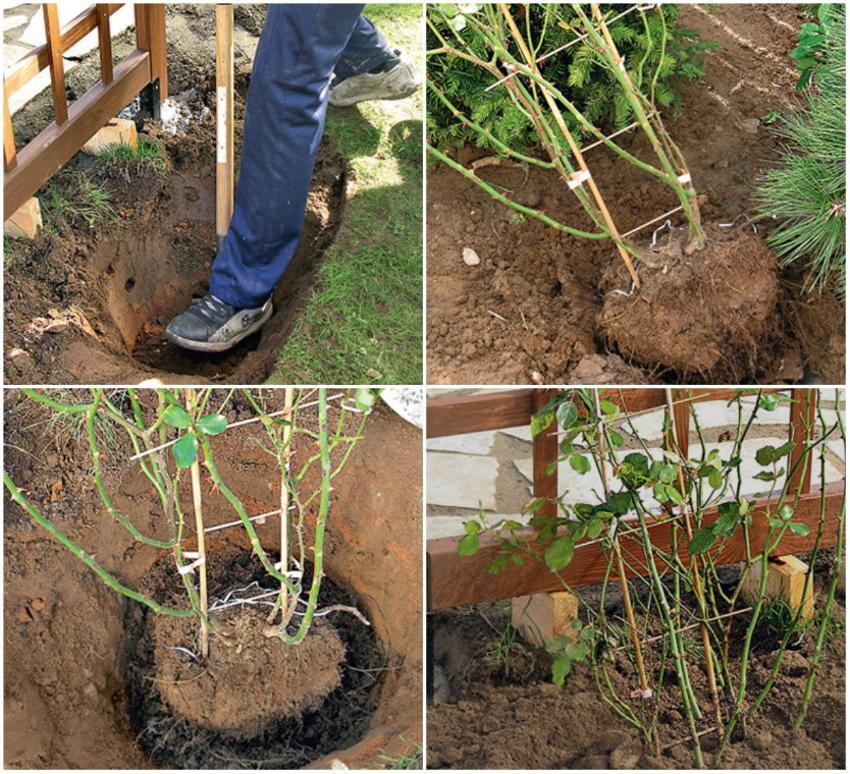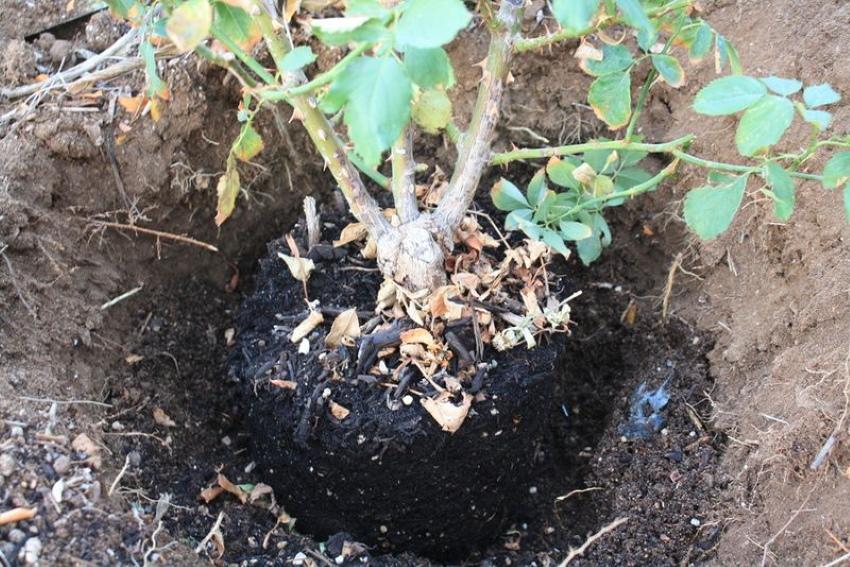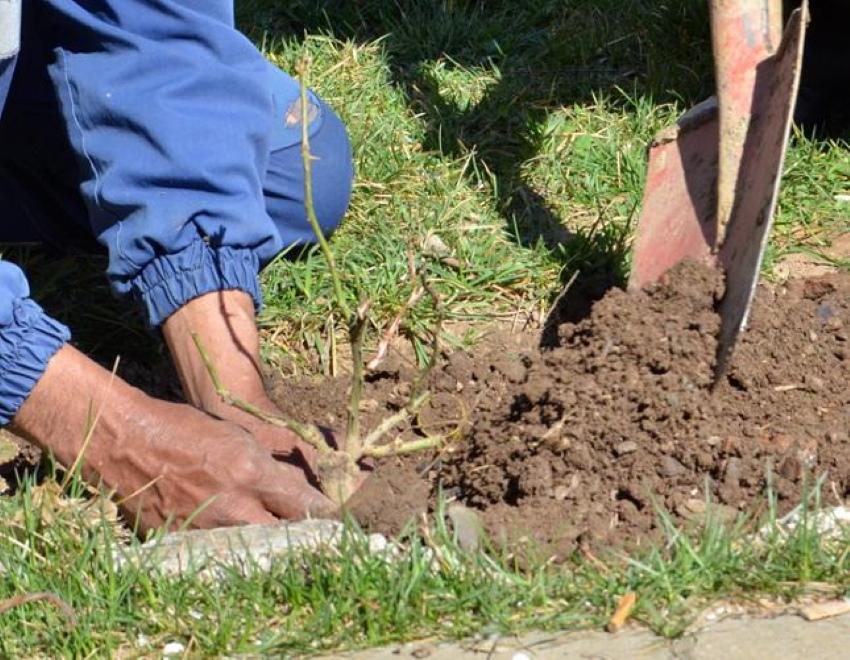When is it better to transplant roses and why to do it
 Gorgeous garden roses - perennial plants and for many years live in one place, delighting with their flowering. However, in some cases, the florist has to change their "place of residence", and more often - to save the bush. Given that adult bushes tolerate this procedure more painfully than young seedlings, it is important to know when it is best to replant roses.
Gorgeous garden roses - perennial plants and for many years live in one place, delighting with their flowering. However, in some cases, the florist has to change their "place of residence", and more often - to save the bush. Given that adult bushes tolerate this procedure more painfully than young seedlings, it is important to know when it is best to replant roses.
When do roses need a transplant

- the site is in the shade or the overgrown tree has blocked the sun for the rose;
- the bush suffers from drafts;
- moisture stagnates at the planting site of the shrub.
In this case, the transplant is not only necessary, but vital. In the shade of the rose, the shoots will thin out and the buds are crushed. From drafts and excess moisture, it will begin to hurt. Or maybe even a life option: you are moving and do not want to part with your favorite variety. How can you not dig it up and take it with you?
When is it better to replant roses
 There are two most favorable periods for relocation of bushes so that they experience the least stress:
There are two most favorable periods for relocation of bushes so that they experience the least stress:
- early spring (but not before the frosts leave and the soil warms up);
- late August - early September.
With the spring transplant, everything is clear: at this time, nature itself laid the active development of all plants. But the second option must be used carefully. Starting from the second decade of September, it is impossible to disturb the rose. She simply will not have time to settle down in a new place and will die.
In some cases, a summer transfer is also allowed. But be prepared for the fact that the rose will have to be drastically cut and then provide it with good watering and shading. If the shoots of young bushes are simply shortened, then the tall ones will need to be cut off, leaving no more than 50 cm in height. You also need to delete old branches.
Regardless of the age of the plant, the transplant is carried out by transshipment. The bush should not only be dug, but at the same time grab as large a clod of earth as possible so that all the roots remain in it. Beforehand, the rose is spilled abundantly so that the soil does not crumble. If necessary, too long roots may be chopped off by sprinkling the slices. Transplanting a blooming rose requires sacrificing future buds and cutting them. So the bush will take root faster.